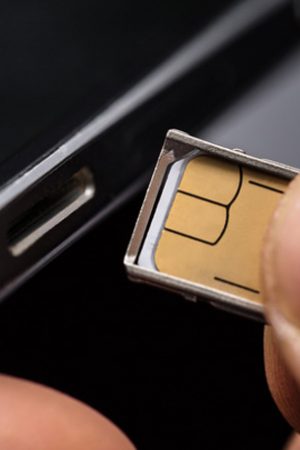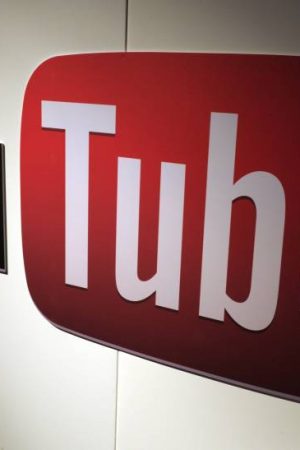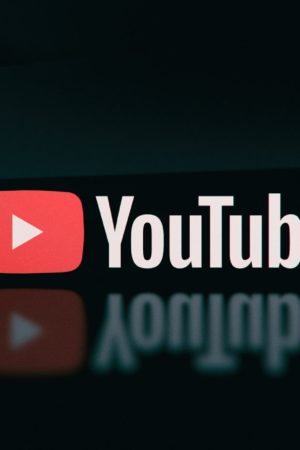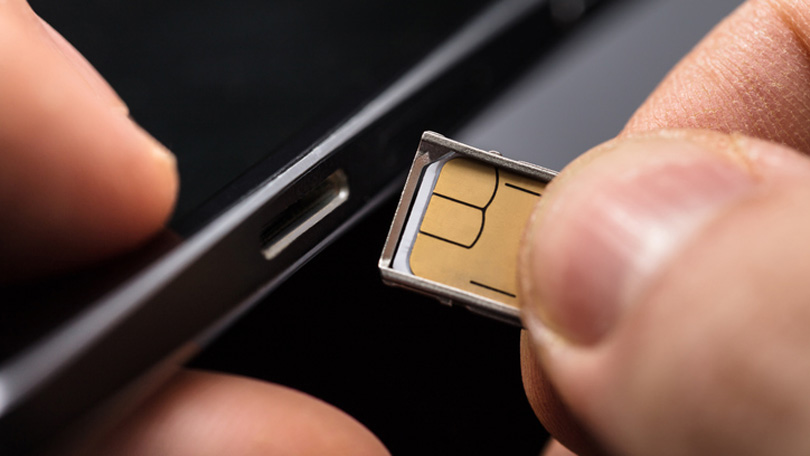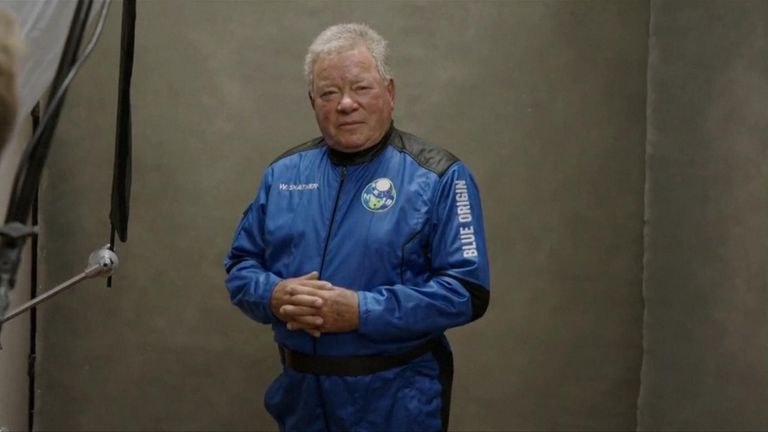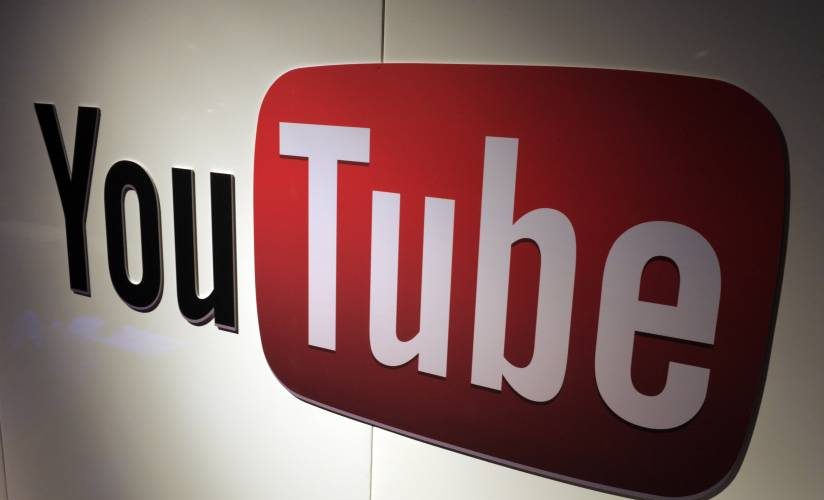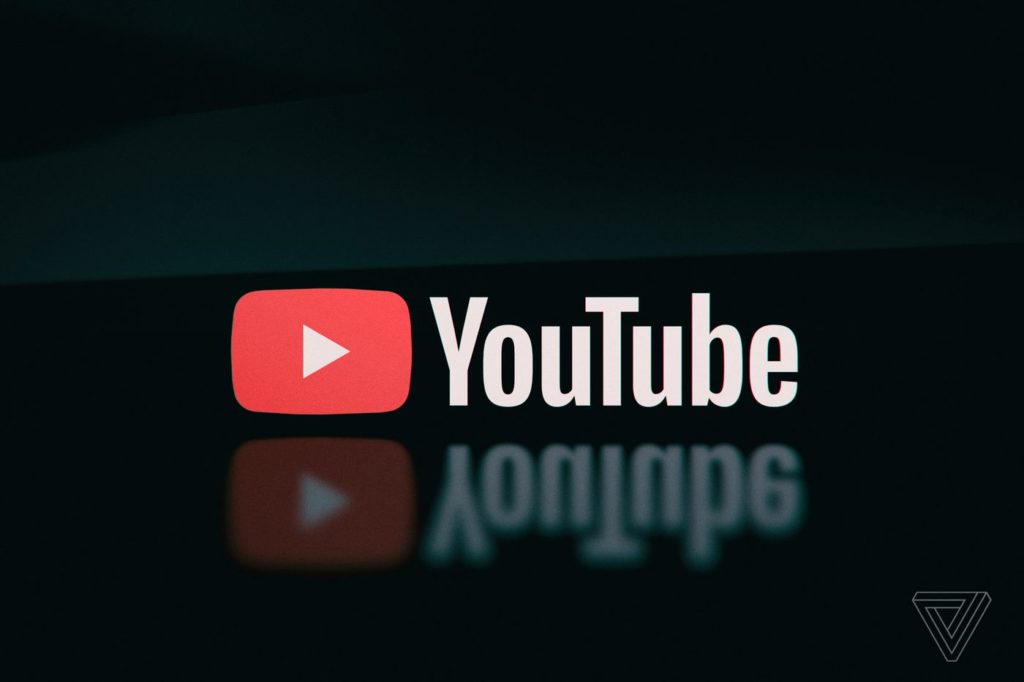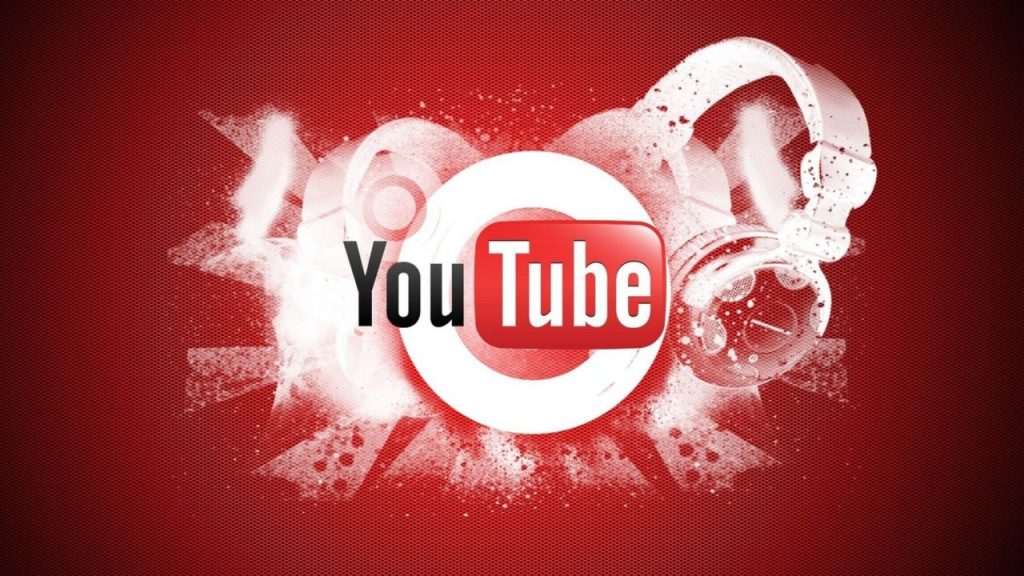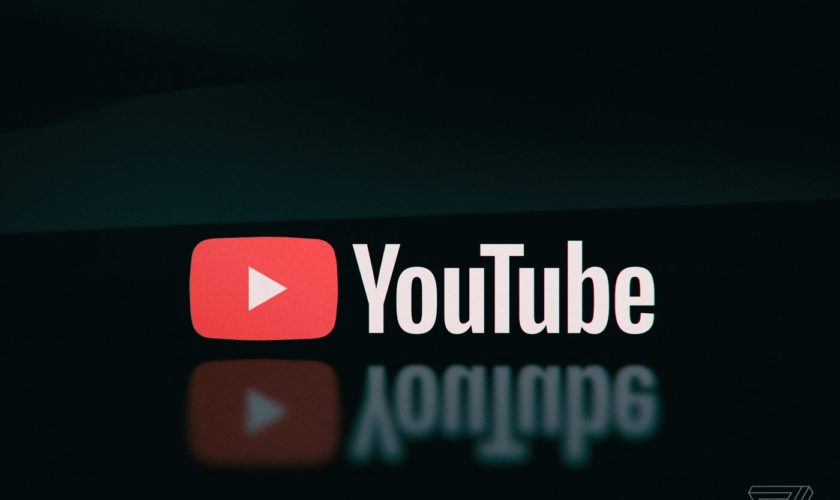CELBRATING HIP-HOP, LIFESTYLE & CULTURE THIS IS STRAIGHT OFFICIAL MAGAZINE
Are iSIMs the next wave of SIMs cards?
I’ll try not to get too technical here. Traditionally, connection to a cellular network involves the use of a SIM card. Any change in network has required a simple swap of the SIM card. Software-based eSIMs marry the functionality and capability of a SIM card.
This would enable the ability to change provider remotely. It would aide in consumer choice. This would enable newer service models, offering greater flexibility in design.
iSIM Versus eSIM
iSIM offers the same benefits as eSIM. The difference is that it’s directly integrated into a device’s main processor. It sits alongside other capabilities like CPU and GPU. Operators can remotely provision iSIMs with existing eSIMs. Manufacturers and customers will have more freedom in the size and type of device they can connect to.
Here is one example. The space where a SIM chip used to be could can house a bigger phone battery. Who doesn’t want to have longer battery life?

“iSIM solutions offer great opportunities to MNOs, free-up valuable space in devices for OEMs, and provide flexibility for device users. To benefit from the full potential of 5G networks and experiences across a wide range of device categories.
Enrico Salvatori, Senior VP/President, Europe/MEA, Qualcomm Europe
Salvatori continued, “Areas that will benefit most from iSIM technology include smartphones, mobile PCs, VR/XR headsets, and industrial IoT. Engineering the iSIM technology into the SoC, we are able to create additional support for OEMs in our Snapdragon platform.”
PUT IT TO THE TEST
This latest proof-of-concept adhered to GSMA specifications and staged at a Samsung European R&D facility. The device in question was a Samsung Galaxy Z Flip3 5G. It’s powered by a Snapdragon 888 5G Mobile Platform and Thales iSIM operating system.
All parties claim its success demonstrates its commercial readiness. Alex Froment-Curtil, CCO at Vodafone gave his remarks. “Our aim is to create a world where every device connects seamlessly and simply to each other. Giving the customer complete control.”
The iSIM, combined with our remote management platform, is a major step in this direction. It allows devices to be connected without a physical SIM or dedicated chip. Making connectivity to many objects and the promise of the connected IoT world – a reality.
- Courtesy of TechCrunch



